2011
Harvest
2011
Harvest
Sicily
NORTHERN SLOPES OF THE ETNA VOLCANO (Province of Catania): The weather was cold and rainy throughout springtime and till mid June, the nights were very cold till mid July. After which it was dry. The temperature in August was very high. There was a rainfall at the end of September which was beneficial for the vines. Weeks of warm, balming weather followed, with occasional beneficial rainfalls.
Marco de Grazia owner of Tenuta delle Terre Nere (Etna Rosso DOC, Etna Bianco DOC, Etna Rosato DOC) – the following is an extract of a newsletter sent in November by Marco to the clients of the estate: “…….The 2011 wines (Feudo di Mezzo), now, before malolactic (a hazardous time to speak), judging from the quality of the grapes that came in, the bouquet and flavor of the musts, from the rich sugar counts and the powerfully tannic textures, appear very fine: probably wines that will want time to express themselves in full, and that will ride that time with grace……The 2011 Etna Bianco is fresh, fragrant, and deploys a haunting, fleshless poise. Its structure is bony, its tartness saline. ……….The 2011 Vigne Niche is easier to judge. Deep, gentle, generous and evocative, it is a close sibling of the 2010…….. The Etna Rosato is a mystery – as every year – if only because I change vinification every vintage, in quest of what I love in rosè, of my ideal rosè: a red wine with the soul of a white one. The two cuvees we have, which will be blended in the end, are very exciting: one nervous and explosively perfumed; the other lush and seductively silky. The result should be devilishly fine……I believe the 2011 is the best Calderara Sottana ever. So fine that it strives to rival Calderara’s other child, the Prephylloxera; who, in turn, navigates effortlessly in its own universe: elegant, powerful and as sophisticated as ever…..I also think we’ll release a memorable Feudo di Mezzo. Cool, steely, gripping and introspective, it will find many more fans than the bottles produced. ….The Santo Spirito will rival the superb 2008. Even better balance and finesse behind its brooding force……….
SIRACUSA: The winter was mild, but rainy. During the springtime the temperature was ideal for the vines especially when they started vegetating. The summer was dry and the temperature never got too high so that the ripening of the grapes proceded well.
Carmela Pupillo of Azienda Agricola Pupillo (Moscato di Siracusa DOC, Sicilia IGT): “…the harvest started on the 2nd of August and finished on the 20th of September….the grapes had reached complete ripeness. Grape yield was 6 tons/hectare for the production of IGT wines and 4 tons/hectare for the production of DOC wines….The wines are rich and concentrated. The colour of the reds is intense, with good alcohol strength and acidity. The 2011 reds are suitable for a long ageing… This year we produced a 100% Catarratto wine for the first time and a rosè wine made with Nero d’Avola. We have been experimenting for two years with the production of a sparling version of Moscato di Siracusa (made with the Champagne method). …2011 is a vintage with lower grape yield, but with high quality. ….2011 could be compared, considering certain aspects, to 2001 and to 2002 ….”
TRAPANI, MARSALA, EASTERN AND WESTERN SICILY: There was good rainfall before the budding phase so that the vines had a good water supply. The temperature before the ripening phase was mild. It was very hot during the last ten days of August and this accelerated the ripening of the grapes.
Centonze Srl. The Company was established in 1998 by a family of oenologists, Giovanni Centonze together with his son and daughter Nicola and Carla. Approximately 20 hectares of vineyards belong to the Company in the area of Trapani and the Centonze family manages the best vineyards and selects the best grapes in the most representative Sicilian terroirs (Cerasuolo DOCG, Sicilia IGT). Nicola Centonze: “…the harvest was good, there were no disease problems. In general, the grape yield in Sicily was lower this year and this was due to many different reasons (many vineyards have been abandoned, bad vineyard management etc), but there was no decrease of the grape yield in the estates I manage. Grillo is very aromatic, it is well balanced and it is fresh. Nero d’Avola is fruity and there were no problems with overripening. As far as Cerasuolo di Vittoria is concerned, Frappato and Nero d’Avola maintained a good fragrance. All the wines are a little less structured, but elegant and well balanced. The latest Sicilian vintages are very similar one to the other, due to the fact that the temperature was not very high. The wines are a little less “Sicilian” in a positive sense (i.e. they are less warm and alcoholic) and they are more elegant…….”


